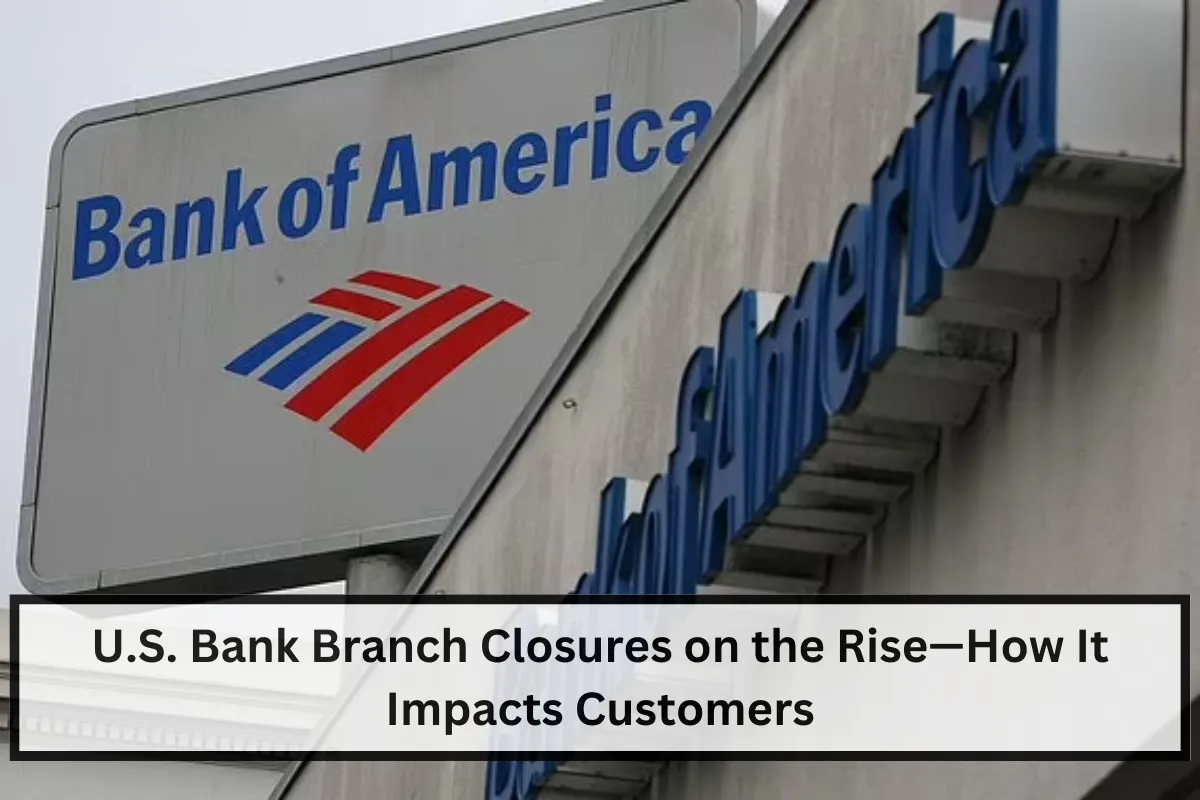In 2024, more than 700 bank branches across the U.S. closed within the first quarter. This trend has left many communities with fewer options for in-person banking.
Major banks like Bank of America, Wells Fargo, and Chase have led the way in these closures, affecting thousands of customers who depend on branch services for cash deposits, in-person consultations, and other banking needs.
Banks Leading in Closures
Between January and September, Bank of America closed 132 branches, more than any other bank in the U.S. During the same period, Wells Fargo, Chase, and TD Bank also closed dozens of branches each.
Smaller banks, including PNC, Citizens Bank, and Capital One, have also reduced their number of physical locations, although on a smaller scale.
In 2024, states like New York, Pennsylvania, Texas, Ohio, Florida, and New Jersey have experienced some of the highest numbers of branch closures.
If these closures continue at this rate, it’s projected that over 1,000 bank branches will shut down by the end of this year alone.
Why Are Banks Closing Branches?
The primary reason for branch closures is the shift towards digital and mobile banking. With many customers now preferring online transactions, banks have found it more efficient to reduce their physical locations.
Another major reason is the high cost of maintaining branch locations, which averages around $2.6 million per year per branch.
A representative from Bank of America explained that many of their branch closures are part of a strategy to combine nearby branches, saving costs while still maintaining a presence in major areas.
Wells Fargo and U.S. Bank have also cited this approach, investing in digital services while strategically managing their branch network.
Digital Banking on the Rise
With digital banking becoming more popular, customers are now using online platforms for basic banking tasks like checking balances, transferring funds, and paying bills.
According to a recent study, about two-thirds of U.S. adults still visit branches for cash deposits, and over half prefer to speak with bank representatives in person.
This trend is especially significant for older customers who may struggle with mobile banking. Despite the convenience of online services, 39% of people in a recent poll said they trust banks with physical branches more than online-only banks.
Financial Advantages for Banks
Branch closures help banks save significant money on operating costs. Running a branch can cost up to $2.6 million annually, so reducing physical locations allows banks to invest more in online and mobile services.
By cutting down on branches, banks aim to increase their profitability while meeting customer demands for digital access.
The Future of Physical Bank Branches
If the trend of branch closures continues, some experts believe physical bank locations in the U.S. could disappear by 2041. However, it’s not certain that all banking will move online.
Banks like Wells Fargo have reassured customers that they remain committed to providing essential services in person, even as they continue to invest in digital platforms.
The ongoing trend of bank closures reflects the increasing popularity of digital banking and the changing preferences of customers.
Although these closures can make banking more challenging for customers who rely on physical branches, banks aim to balance convenience with cost savings.
Many banks have promised to maintain a strong digital presence while strategically keeping some branches open.

